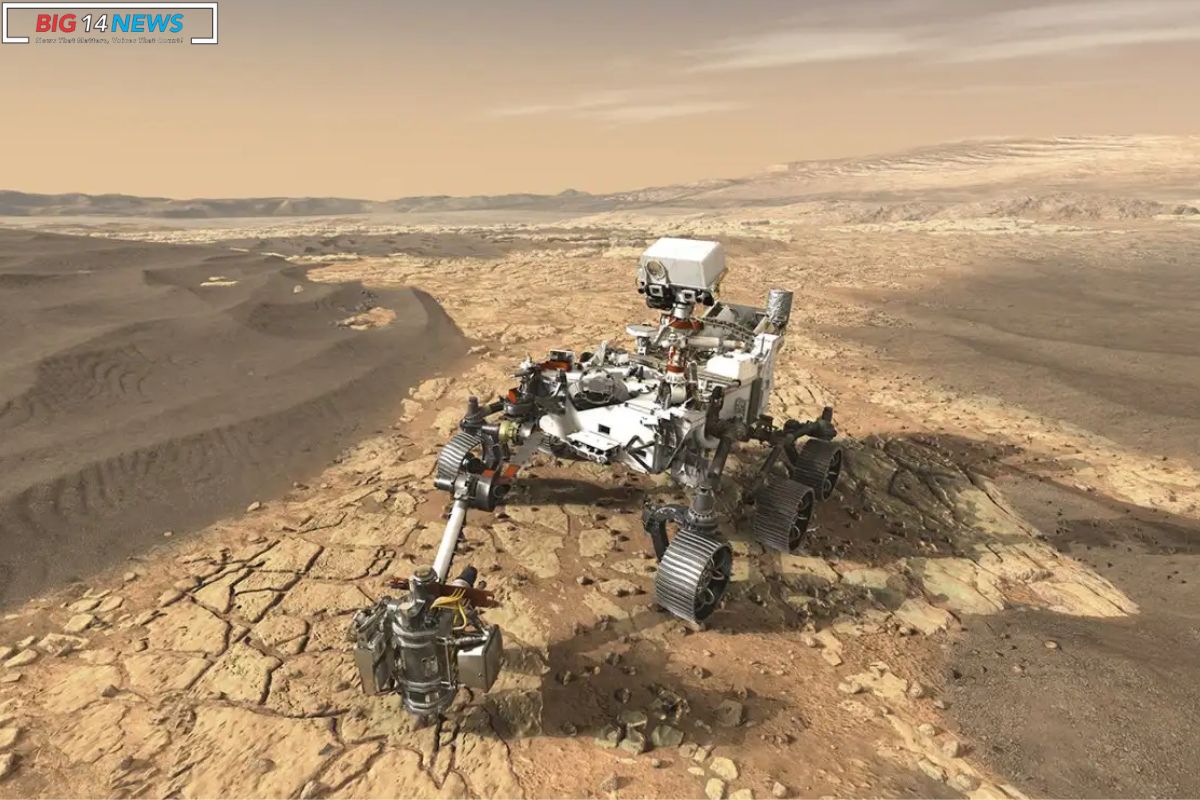Martian Oxygen Breakthrough: NASA did something unique when it made enough air on Mars so that a small dog could live there for 10 hours. The 40-pound Mars Oxygen In-Situ Resource Utilization Experiment (MOXIE), attached to the Perseverance rover, helped meet this critical goal.
MOXIE has been working hard for more than two years to pull tiny amounts of oxygen out of the air on Mars. Carbon dioxide molecules comprise 95% of the air and are stripped of their oxygen atoms by an electric process.
The primary purpose of this trip was to figure out how to make pilots-friendly air or rocket fuel. During its mission, MOXIE was able to make 122 grams of oxygen. It will give a small dog enough air to breathe for 10 hours.
It is better than expected because MOXIE produced twice as much oxygen as NASA’s original goal, which was 6 grams per hour. It shows that oxygen can be made from the air on Mars, which is a big step toward helping future humans and research efforts.
Pam Melroy, the Deputy Administrator of NASA, talked about how important it is to make these kinds of tools to use things from the moon and Mars. A permanent presence on the moon, a strong economy on the moon, and sending people to Mars to explore all rely on these changes.
ALSO READ: NASA Historic Asteroid Sample Return Mission: OSIRIS REx Brings Cosmic Treasures to Earth
Also Read: NASA James Webb Telescope Reveals :Potential Ocean World K2 18 b in Leo
Our Reader’s Queries
Did NASA confirm breathable oxygen really can be extracted on Mars?
The Perseverance rover from NASA has achieved its goal of producing oxygen on Mars, using a method that could one day offer astronauts a source of breathable air and serve as a crucial component in rocket fuel for the journey back to Earth.
How did Mark Watney get oxygen?
On Mars, Watney managed to utilize an oxygenator that produces oxygen by extracting carbon dioxide from the MAV fuel generator.
What is the mysterious oxygen spike on Mars?
Mars’s oxygen levels experienced dramatic highs and lows during the different seasons, surprising the researchers. They considered two potential explanations: either an unknown force was actively creating and depleting oxygen on the planet, or the data was simply inaccurate.
Did NASA make enough oxygen on Mars to last an astronaut for 100 minutes?
In September of the previous year, MOXIE achieved a significant milestone by converting 100 minutes’ worth of oxygen. NASA states that the typical person requires around 0.84 kg of O2 per day. This means that in just over 2 years, MOXIE has generated enough oxygen to sustain a person on Mars for approximately 3.5 hours.

